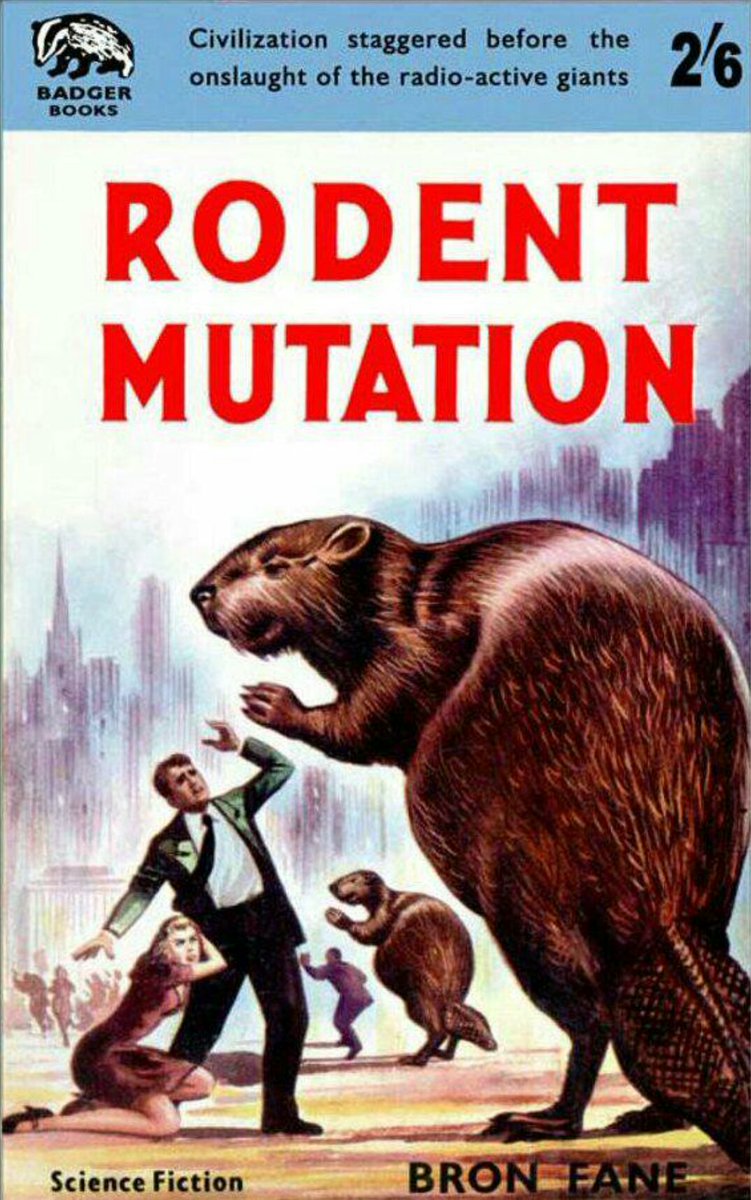
"In the '90s I had two facial expressions: one in case I met Hanson, and one in case I met Evan Dando..." 



• • •
Missing some Tweet in this thread? You can try to
force a refresh
































